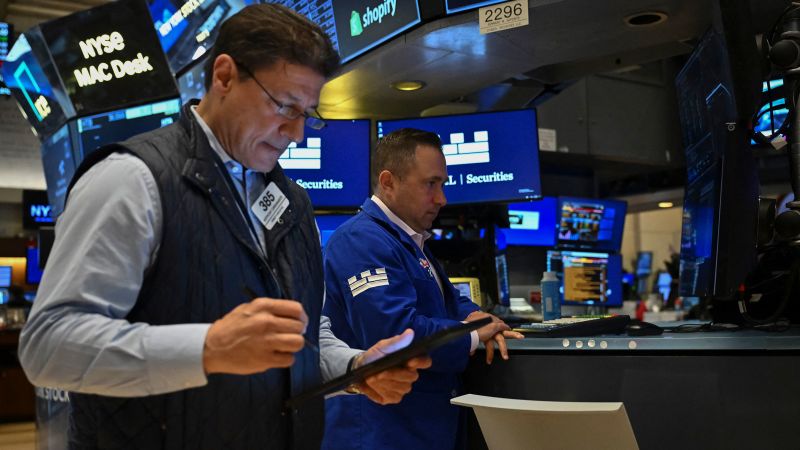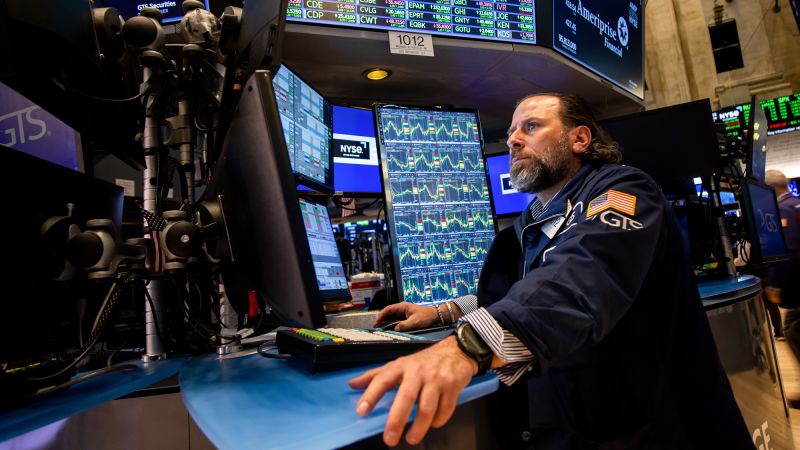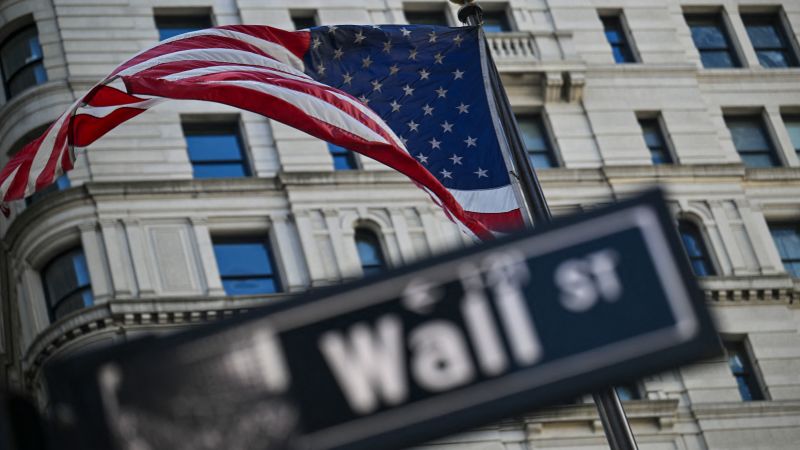US Stock Market Experiences Volatility and Declines in February
In a turbulent trading session, US stocks fluctuated significantly on Friday, ultimately leading all three major indexes to finish the month on a downward trend. This behavior reflects growing concerns among investors about market stability and economic prospects as February came to an end.
Market Sentiment: Extreme Fear Dominates
The atmosphere on Wall Street was charged with anxiety, marked by a prevailing sense of “extreme fear,” as indicated by CNN’s Fear and Greed Index. While early trading saw a slight uptick thanks to easing inflation data, midday tensions escalated following a tense exchange between President Donald Trump and Ukrainian President Volodymyr Zelensky at the White House, amplifying worries about geopolitical risks.
- The VIX, often referred to as Wall Street’s fear gauge, surged to its highest level in 2024, signaling increased market anxiety.
Despite the midday slump, the markets rallied in the afternoon. By the end of the day, the Dow Jones Industrial Average had climbed by 601 points (1.39%), the S&P 500 rose by 1.59%, and the Nasdaq Composite increased by 1.63%.
February’s Struggles: A Closer Look at the Numbers
Despite Friday’s recovery, February proved to be challenging for US equities. The S&P 500 dropped 1% this week and 1.4% for the month, while the Nasdaq faced a steeper decline, down 3.5% weekly and 4% month-to-date, marking its worst performance since April 2024.
- Concerns have arisen regarding the high levels of investment in Artificial Intelligence (AI) datacenters, particularly following news from the Chinese AI startup DeepSeek in late January. Larry Tentarelli, chief technical strategist at Blue Chip Daily Trend Report, noted that worries about AI spending, combined with fears about economic growth, have caused many leading Nasdaq stocks to underperform.
The tech sector, which played a pivotal role in the market’s rise last year, has seen a downturn. Tesla shares have plummeted nearly 26% in the past month, reflecting broader apprehensions about inflation and slowing growth.
Economic Indicators Show Weakness
While inflation data met expectations, additional economic reports revealed troubling signs. Notably, consumer spending declined more than anticipated in January, marking its largest drop since February 2021. Jeffrey Roach, chief economist at LPL Financial, emphasized that this unexpected fall in real spending could lead to further uncertainty regarding economic growth.
The Atlanta Federal Reserve also revised its growth estimates for the first quarter of 2025, projecting a contraction of 1.5% instead of the previously expected 2.3%. Jay Hatfield, CEO of Infrastructure Capital Advisors, pointed to weak retail sales and new home sales as contributing factors to this significant downward adjustment.
Cautious Optimism Amidst Volatility
Despite the current challenges, some analysts maintain a bullish outlook. David Lefkowitz, head of US Equities at UBS Global Wealth Management, believes that the bull market remains intact, driven by robust economic and profit growth, as well as supportive monetary policy. However, he also cautioned that increased volatility is likely due to policy uncertainties and trade tensions.
- Strategists at UBS recommend preparing for potential market fluctuations while highlighting the importance of short-term hedges.
In summary, while the stock market has recently faced notable declines, it is essential for investors to stay informed and cautious as they navigate the complexities of the current economic landscape.










